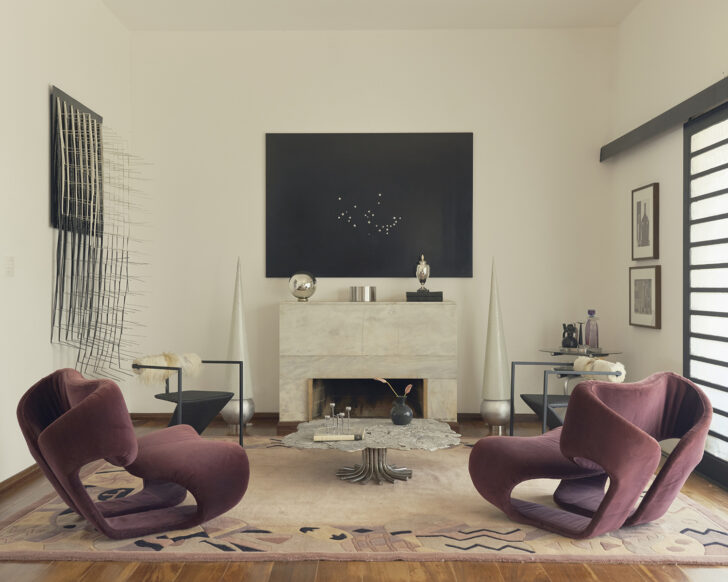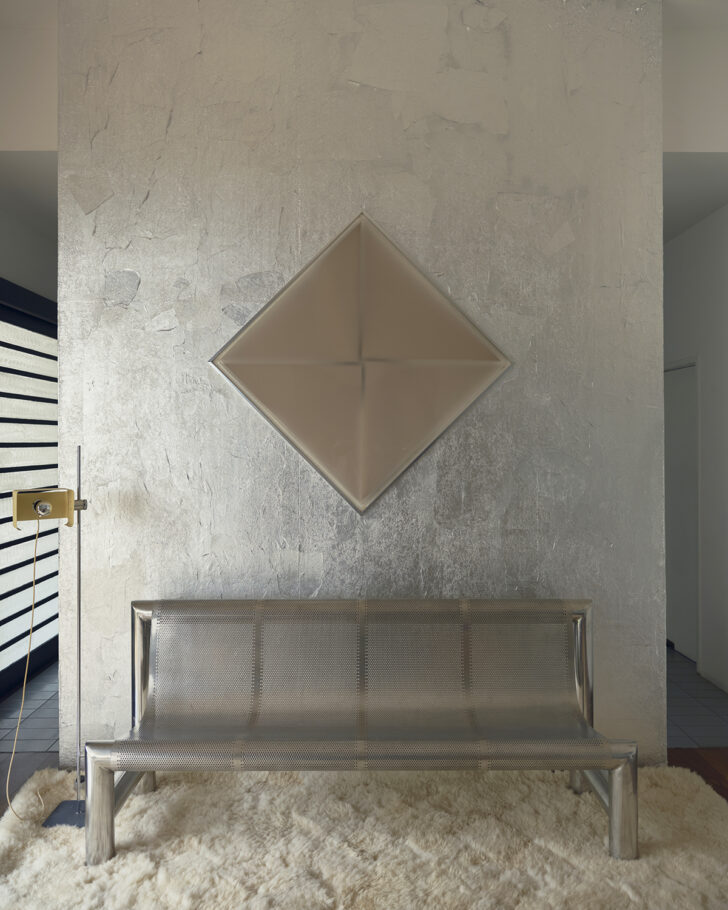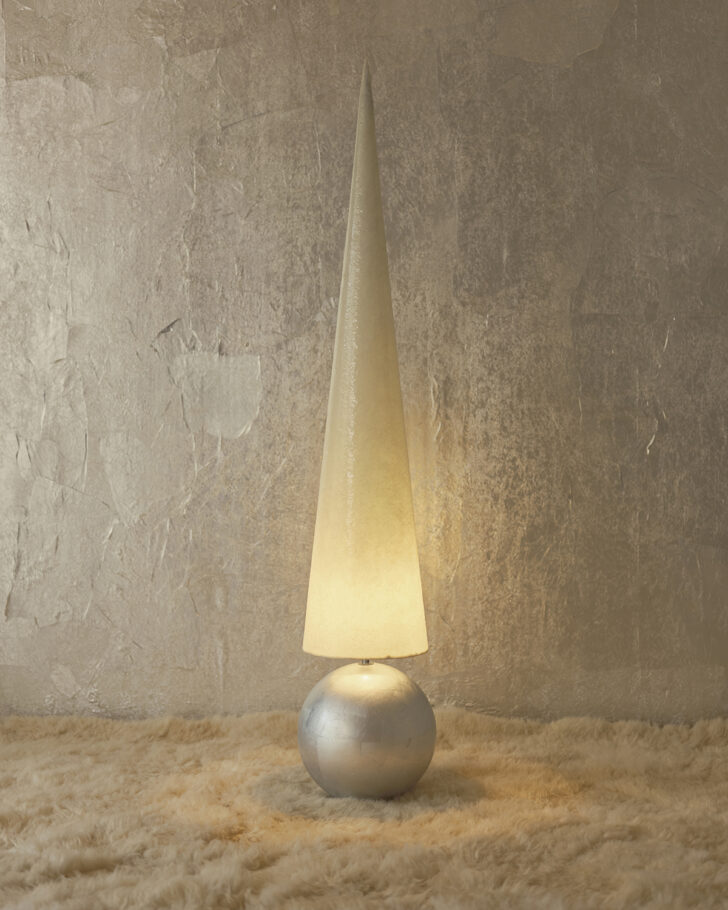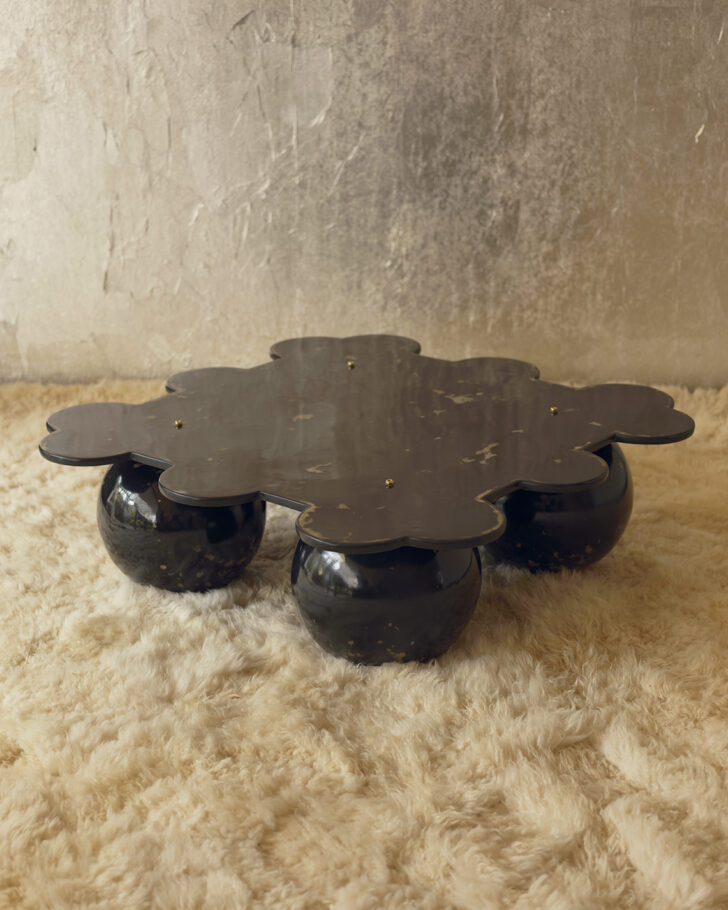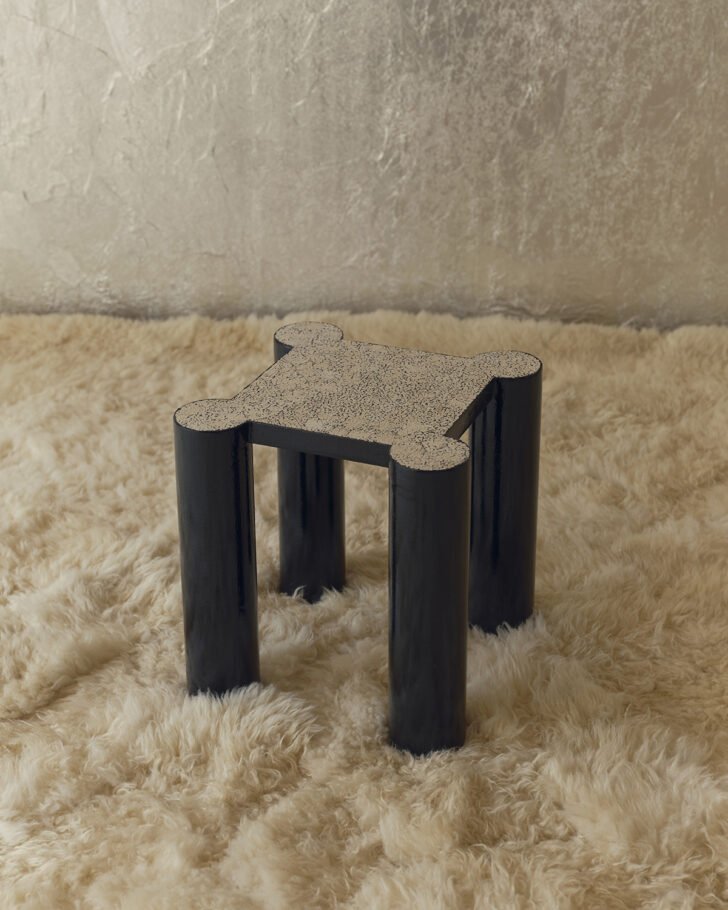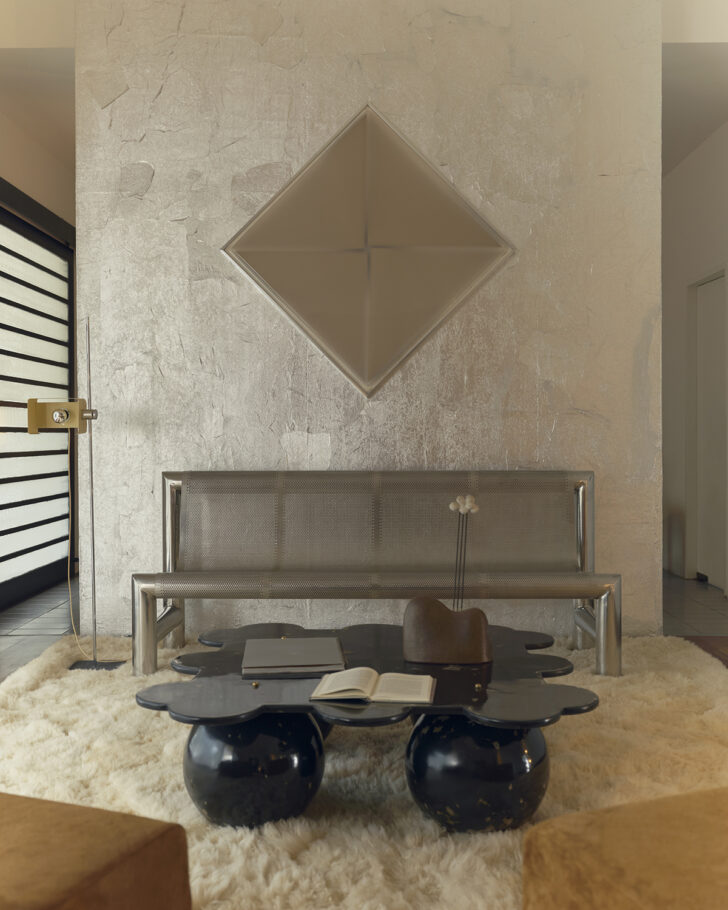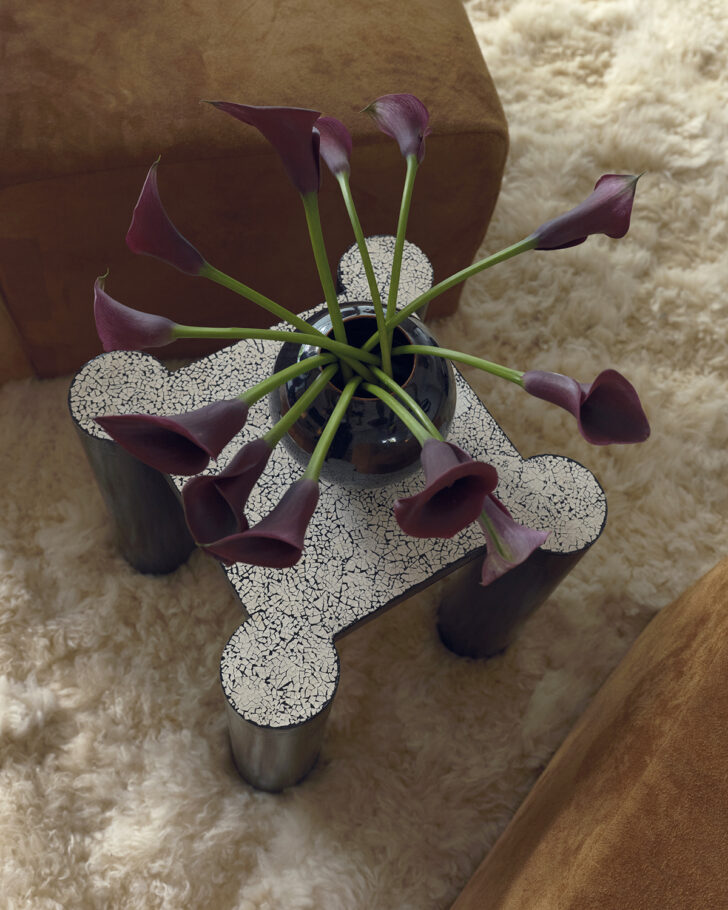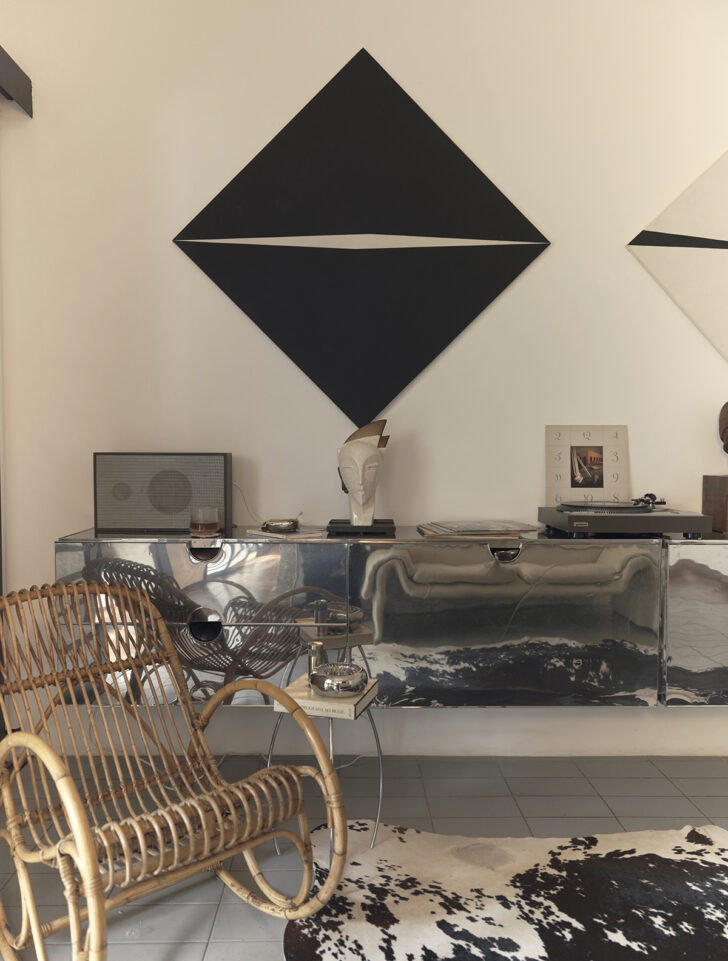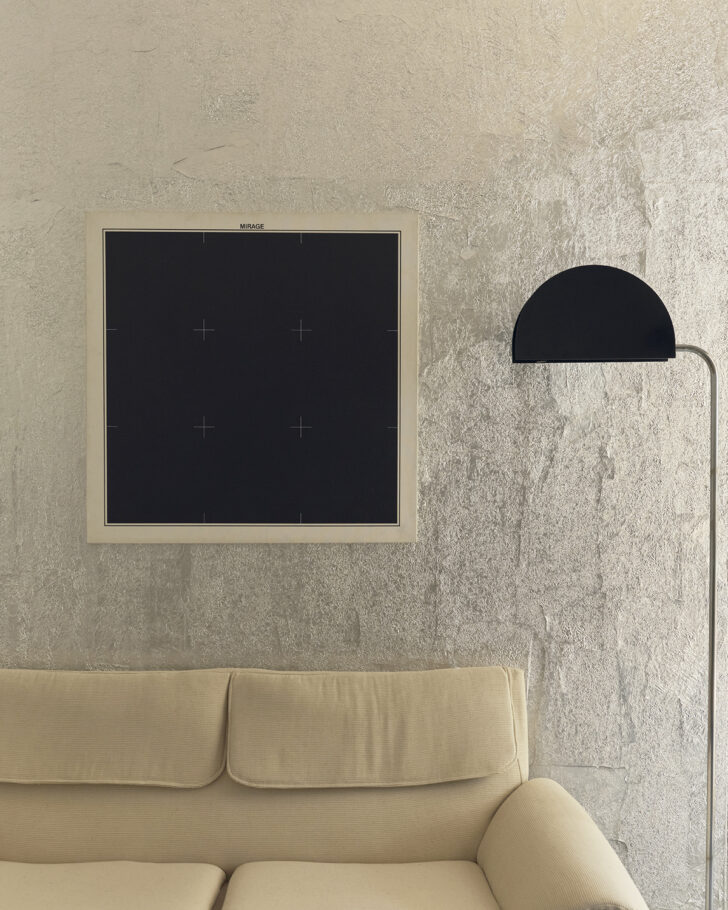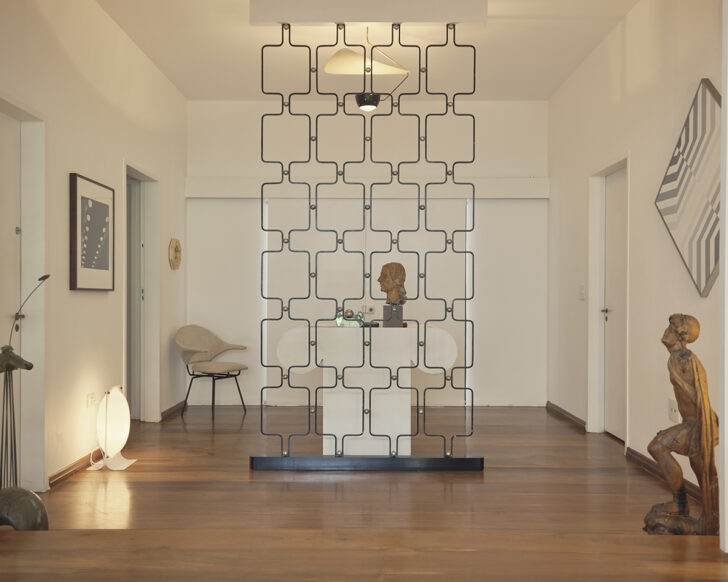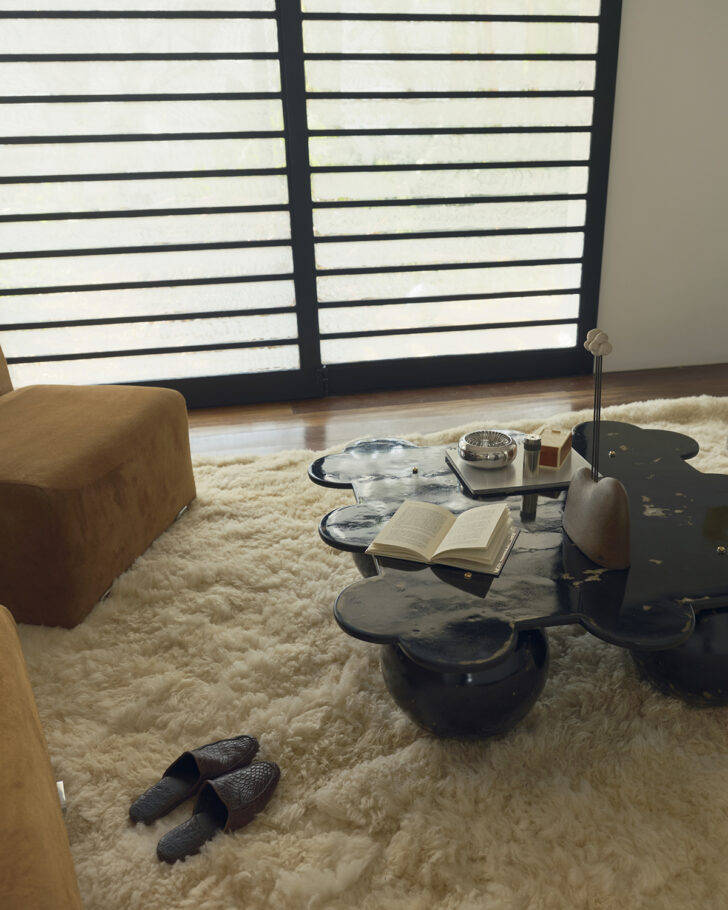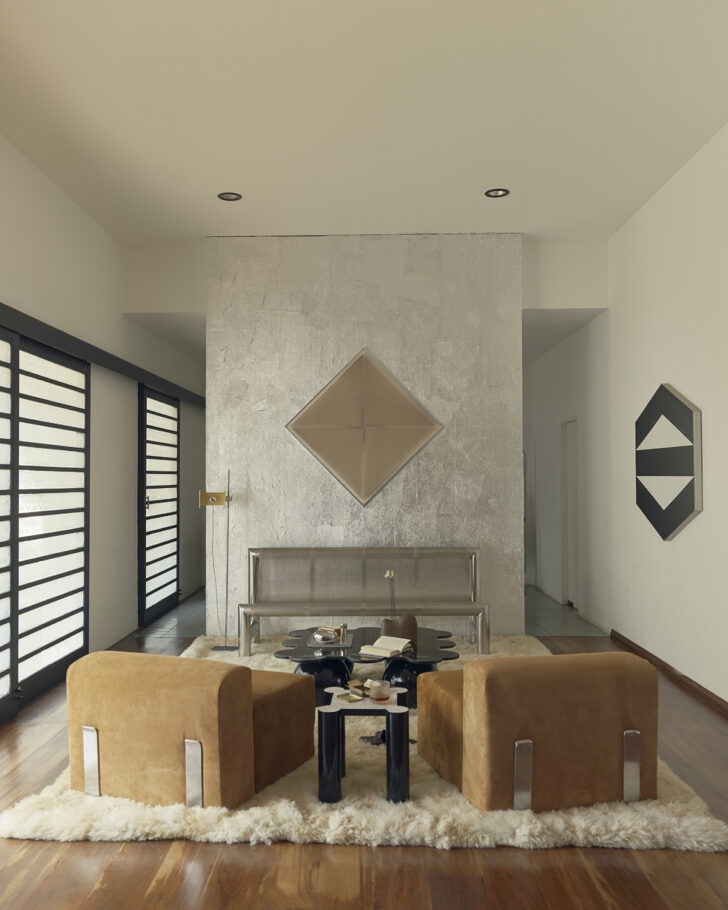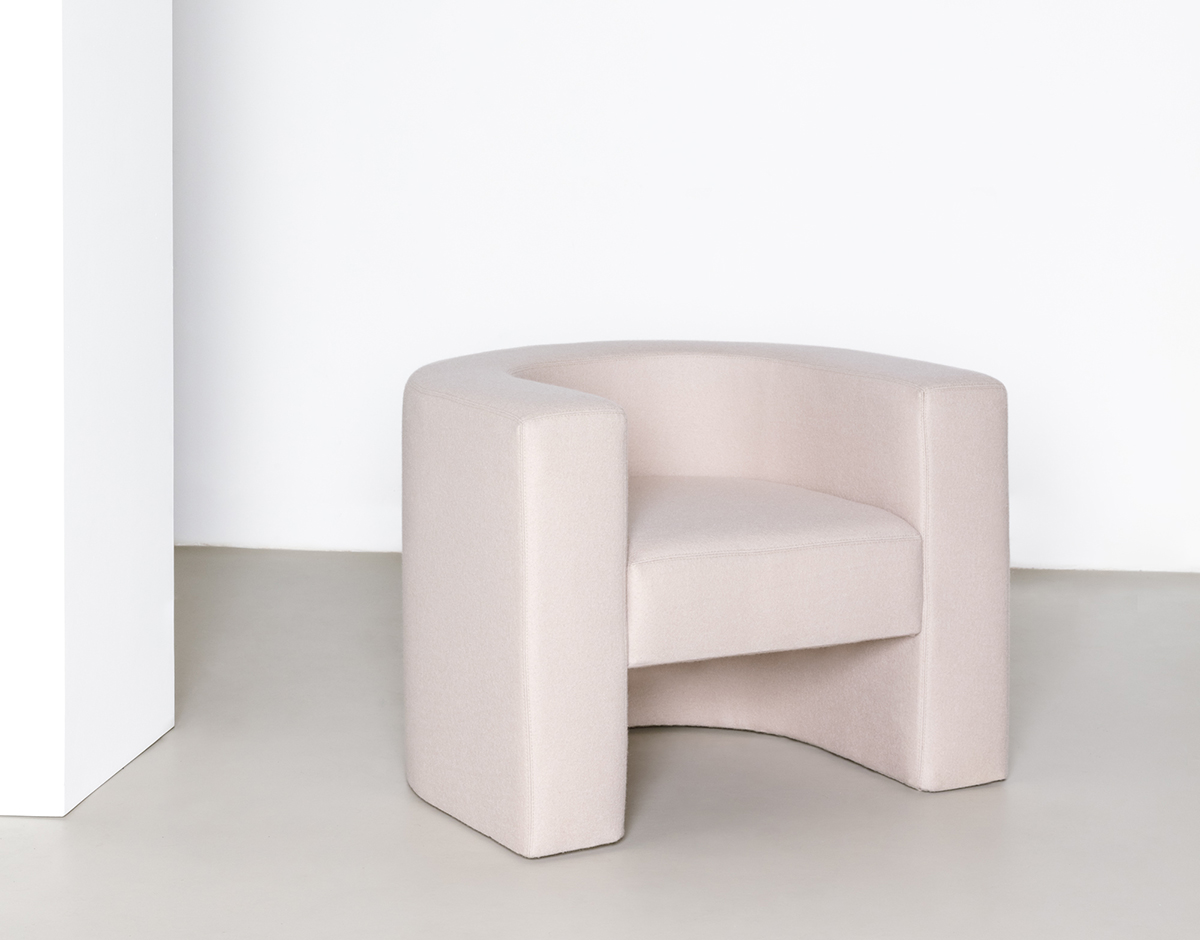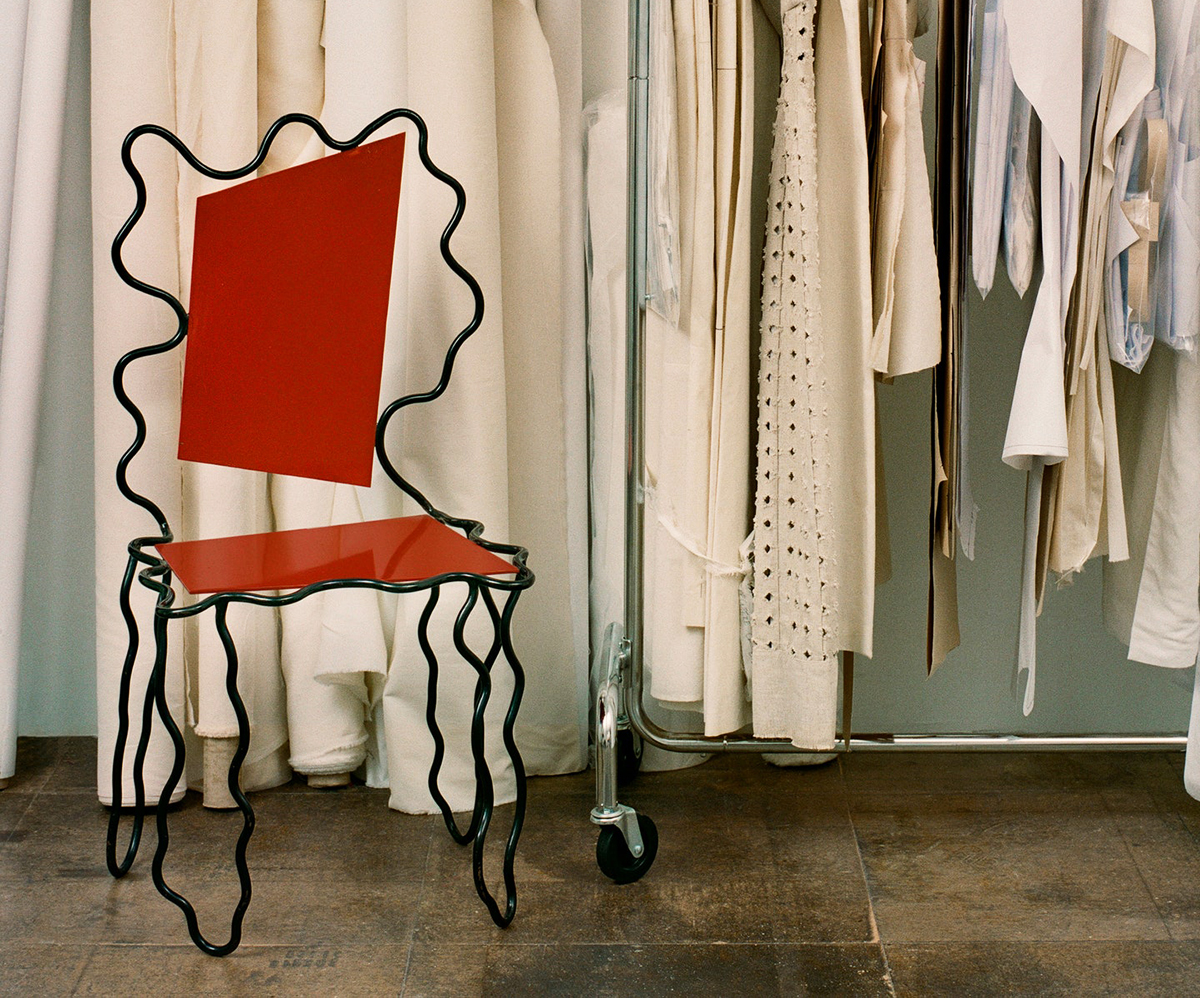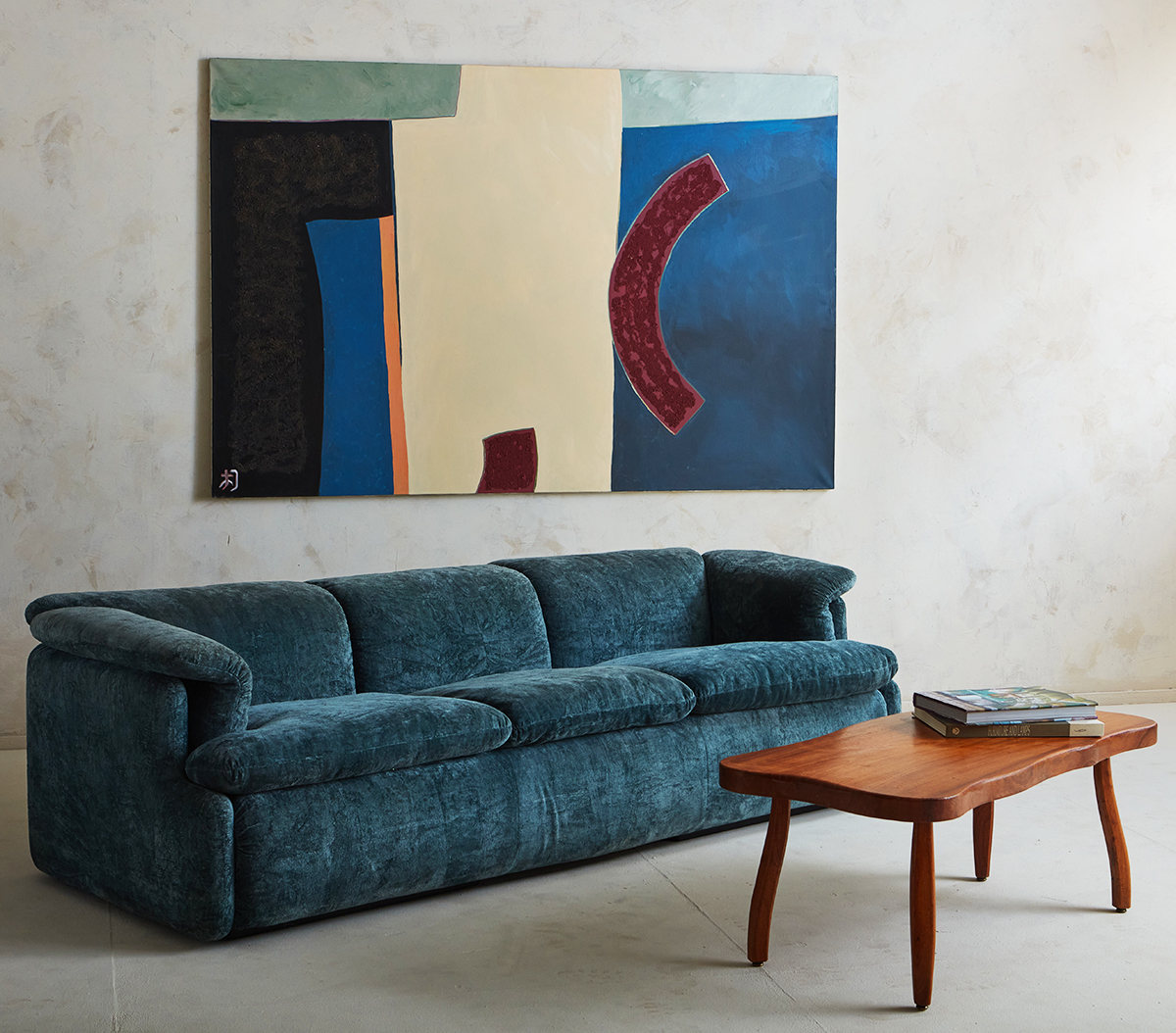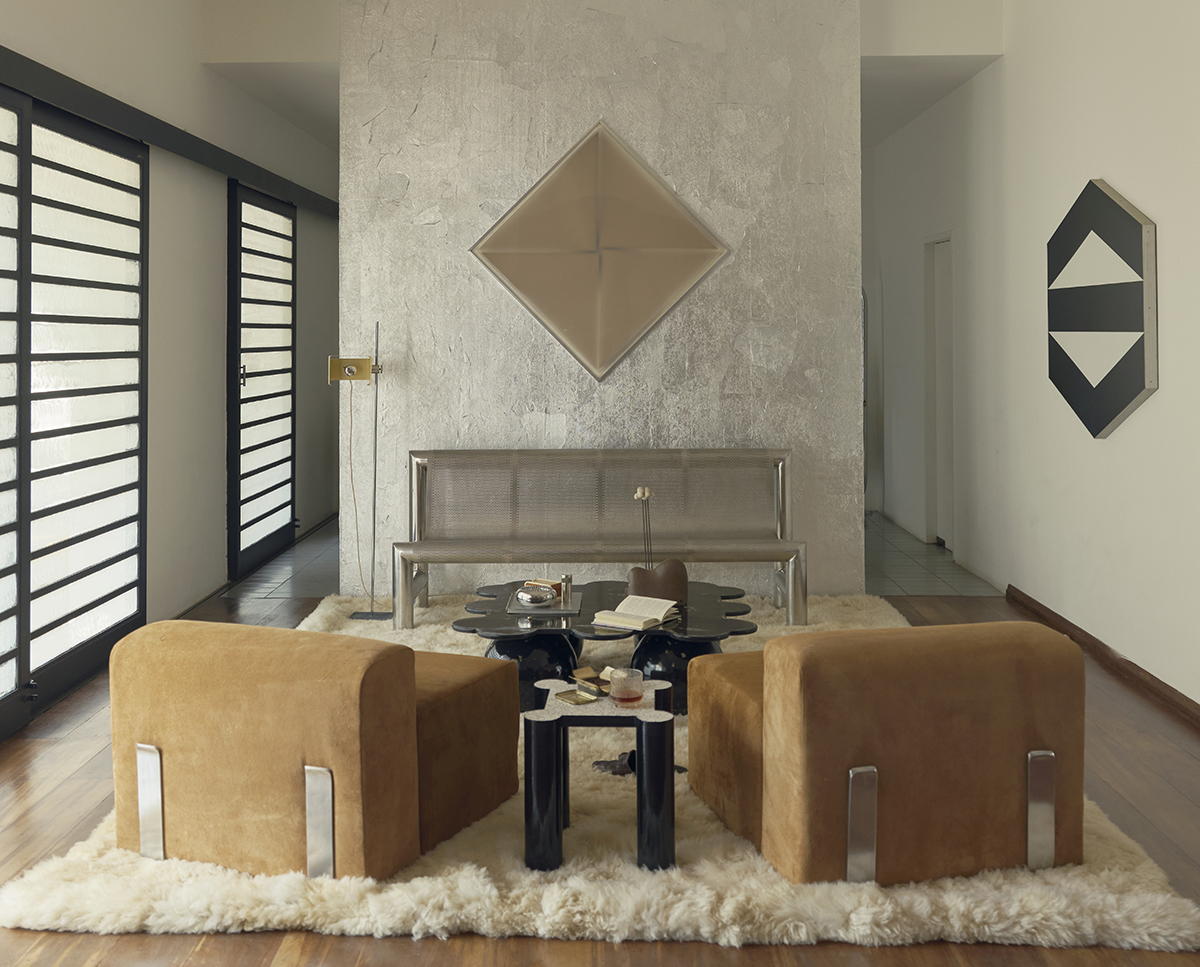
10.16.23
Interiors
A Fictional Graphic Designer Was the Muse for This São Paulo Exhibition
“Who lives in this house?” you might be wondering after seeing the images below of a stainless-steel Mario Botta sofa sitting upon a high-pile wool rug, or two steel-wrapped, camel-colored Kazuhide Takahama chairs. Its occupant would certainly be lauded for having great taste — if only they existed IRL. The space was actually designed for a fictional character, by a trio of Brazilian creative forces who teamed up to produce an exhibition that celebrates the country’s architecture, design, and art of the mid-20th century, and uses its modernist flavors to inform new works that are also on show.
Design studio Palma, gallery Apartamento 61, and art consultancy Act. conceived A Casa de Alguém, or Someone’s House, as a series of exhibitions in which each edition is curated in a residential setting for an imagined occupant. The first “episode” in the series — which took place through September — was set inside an iconic modernist residence in São Paulo’s Jardins neighborhood, designed in 1939 by sculptor Victor Brecheret for himself and his family, and renovated in the early 1960s by architect Rino Levi. The exhibition is curated as if it was the home of Jayme Fontine, a fictional graphic designer who would’ve lived there between the 1970s and the early 2000s.
“His influences were diverse,” Act. co-founder João Paulo Siqueira Lopes explains. “He was taken by the architecture of Carlo Scarpa and Rino Levi. Was swooned by the sophisticated and playful interior concoctions of François Catroux and Andrée Putman. Admired the pluralism of Bruno Munari, and was a personal friend of [pioneering Brazilian graphic designer] Alexandre Wollner.” Spread throughout three rooms, furniture, objects and artworks were all chosen to encapsulate this character. Pieces from Apartamento 61’s collection appear, such as a pair of merlot-colored Scultura 190 lounge chairs by Italian designer Vittorio Introini, a steel and aluminum screen by French designer Jean Royère (hello tiny balls), and the Botta sofa — Jayme was really into metal furniture, it seems.
Palma conceived the interiors for the show, and also designed a set of custom furniture pieces for inclusion that we’d have in our own homes in a heartbeat. A pair of floor lamps comprise tall cones balanced on brushed-metal spheres, which echo the globe-shaped legs of the studio’s sculptural black-marble coffee table, and a side table features an egg-shell-lacquered top. To continue the geometric and metallic themes, Act. contributed a variety of works from the mid and late 20th-century Brazilian arts scene that adorn the walls, and reveal even more about Jayme’s aesthetic taste, which, needless to say, aligns very closely with our own.
